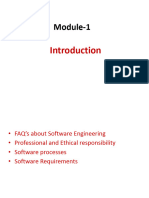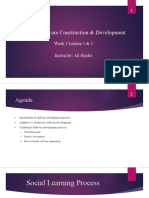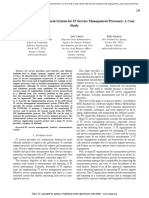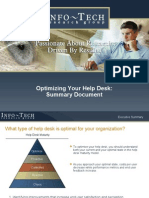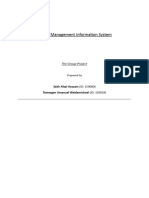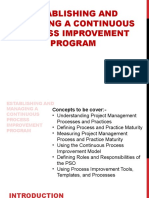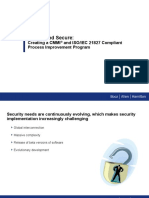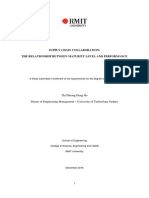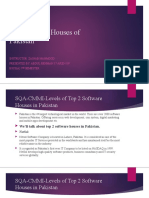0% found this document useful (0 votes)
17 views53 pages2 Software Process Model
The document outlines various software process models, emphasizing their importance in providing a structured approach to software development. It discusses the roles of software engineers, managers, and customers in the process, and highlights the significance of quality management and adaptability in software engineering. Different models, such as the Waterfall, Incremental, RAD, and Spiral models, are described, each with its unique advantages and limitations in addressing software development challenges.
Uploaded by
turnitinfarhanCopyright
© © All Rights Reserved
We take content rights seriously. If you suspect this is your content, claim it here.
Available Formats
Download as PPT, PDF, TXT or read online on Scribd
0% found this document useful (0 votes)
17 views53 pages2 Software Process Model
The document outlines various software process models, emphasizing their importance in providing a structured approach to software development. It discusses the roles of software engineers, managers, and customers in the process, and highlights the significance of quality management and adaptability in software engineering. Different models, such as the Waterfall, Incremental, RAD, and Spiral models, are described, each with its unique advantages and limitations in addressing software development challenges.
Uploaded by
turnitinfarhanCopyright
© © All Rights Reserved
We take content rights seriously. If you suspect this is your content, claim it here.
Available Formats
Download as PPT, PDF, TXT or read online on Scribd
/ 53































